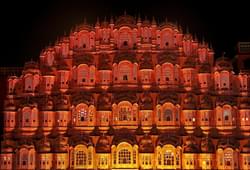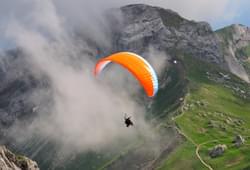Forts In Delhi
Red Fort

Price: The entry ticket price of Red Fort is Rd 35 for native Indian citizens. For foreigners, the tickets are priced at Rs 500. If you opt for the light and sound show at the Red Fort, it will cost you Rs 60 per adult person, while for children, it is Rs 20 per head. During the weekend, the ticket prices vary a bit. For adults it is Rs 80 and Rs 30 for kids.
Top Experiences To Do in Red Fort
Explore Red Fort
- 8H

- 3H
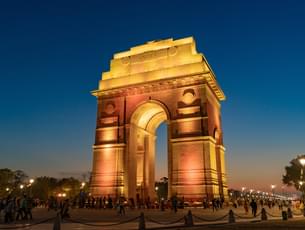
- 16H
Purana Qila
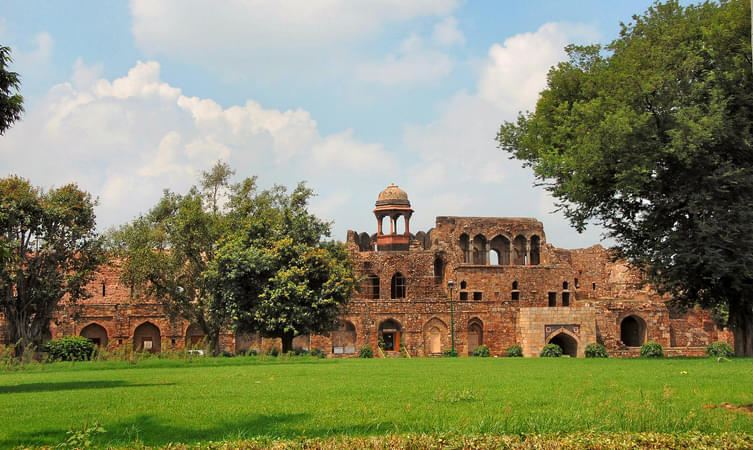
Qila Rai Pithora Fort

Qila Rai Pithora has another important name as Rai Pithora’s Fort which was fortified city came into existence in the 12the century and built during the period of the famous Chauhan king, Prithviraj Chauhan. The Chauhan emperors had taken over the city of Delhi from Tomar Rajputs. Qila that represents the word for a fort or castle is a word of Persian origin. Currently, we can witness the remains of the fort walls alone which are scattered across South Delhi and they are visible in Saket, Mehrauli near Qutub complex and Vasant Kunj areas.
When Prithviraj Chauhan had taken over the fort city of Lal Kot, he had renovated the rubble walls and ramparts and then gave it the name Qila or Rai Pithora. The enlarged fort extended to six and a half kilometers and there was a city within the fort and the older Lal Kot remained as the citadel. Even after emperors from Afghans captured the city and started establishing their dynasties over there, the fort remained intact. Now, it is a major tourist attraction located at a good location in Delhi. It throws light upon the architectural brilliance Indians had possessed and it is a symbol of greed, power, battles, disputes, survival etc.
The fort is located between Saket and Mehrauli and the nearest metro stations are Malviya Nagar, Saket, and Qutub Minar.
Qila Rai Pithora Fort entry timings:
The fort is open on all days from 07:00 am to 07:00 pm.
Qila Rai Pithora Fort entry fee:
No entry fee is applicable to enter the fort.
Qila Rai Pithora Fort location:
Press Enclave Road, Near Malviya Nagar Metro Station, New Delhi, India.

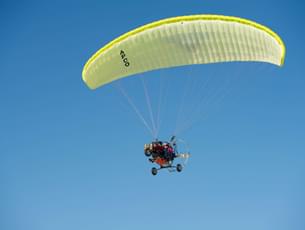
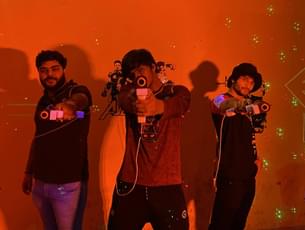

Tughlaqabad Fort is also named as the Ruined Fort and is considered to be a symbol of strength for Tughlaq dynasty. Built in 1321-1325 AD by Ghiyasu'd-Din Tughlaq, this fort is said to be his dream even before he was the ruler. He wanted to build a city where his people could live in harmony and feel protected by the presence of the fort. Tughlaqabad Fort is most beautiful specimens of pure islamic architecture and has a touch of the Sultana's.
From the walls to domes and carvings everything was on point and It can be witnessed on the 13 entry gates of this fort, each one of them have amazing designs. Tughlaqabad Fort was famous for its greatness but still it got abandoned not long after it was built. There are many stories which claim that the place is cursed and is haunted.
Legends says that a Sufi saint cursed the place and it led to the downfall of Tuglaq dynasty. Today this place has become home to many other stories which adds to its existence. It is cursed or not, but this place will not fail to amuse you as you can enjoy the breathtaking view of the capital from the top of the fort and can capture the scenic beauty this place offer in your frame.
Siri Fort

The credit for building Siri Fort goes to the Afghan ruler Alauddin Khilji, which served as his seat to rule and obstruct repeated Mughal invasions. Along with the Siri Fort were the Citadel and a water body supplying water to the Fort and adjoining areas.
The Fort which is now in ruins is enveloped by a modern sports complex comprising of world-class amenities for tennis, cricket, basketball, gymnasium and many more sports. The complex also houses Siri fort Auditorium with 4 internal sub auditoriums where several events are organised on a day to day basis.
Location: North of Mehrauli and east of Hauz Khas.
Timings: 9.00am to 5.00pm.
Entry fees: Free.
Must Read: Best Nightlife Tours in Delhi
Feroz Shah Kotla Fort
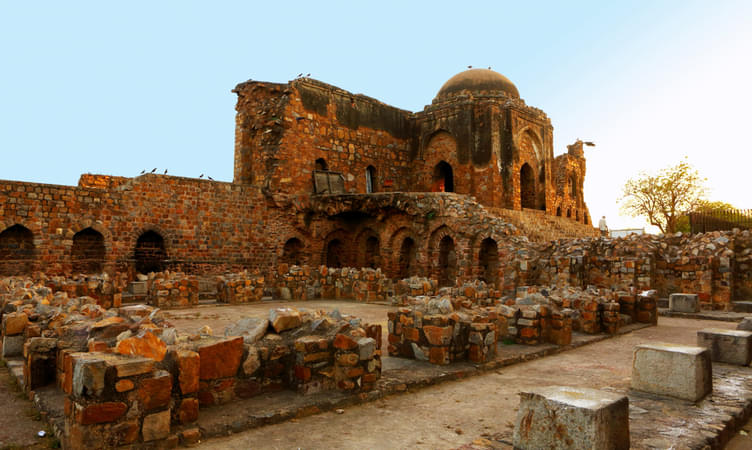
These ruins will take you to a different journey where fortress looks amazingly stunning with polished sandstone. The obelisk has several inscriptions and the original ones is in Brahmi script along with some Pali and Sanskrit inscriptions added much later.
The battles gave it a great breakage but that never faded away from the royalty of the whole fort.
Timings: The fort is open on all days from Tuesday to Sunday from 06:00 am to 06:00 pm.
Location: Balmiki Basti, Vikram Nagar.
Cost: For Indian citizens and SAARC members, the entry fee is Rs.15 while for foreign nationals it will cost Rs. 100. Children up to the age of 15 need not pay any fee to enter the fort.
Suggested Read: 20 Best Places to Visit in Delhi in One Day

- 8H

- 7H

- 6H
Adilabad Fort

Adilabad Fort stands purely as a power symbol of an oft-derided son of a great ruler. Built by Muhammad bin Tughlaq in 1326 just after the sudden death of his father Ghiyasuddin Tughlaq, the first ruler of the Tughlaq dynasty, this Delhi fort is a mirror image of the Tughlaqabad Fort.
Standing on a hillock, this massive ASI protected fort reveals its enormity as one approaches it. One can see the still-standing inner enclosures built with the signature Tughlaq rampart stone, a citadel, bastions, sentry room, and huge iron gates. These are reached by a slightly difficult incline walk over broken stairs. Don’t miss to see the tombs of the father and son where they lie buried together.
Location: Next to the Tughlaqabad Fort. Since the fort is hidden behind a maze of winding dirt roads, you can ask for directions at the ticket counter of the Tughlaqabad Fort.
Zafar Mahal

Standing as the last symbol of the grandeur of Mughal culture and archaic charm of the leisurely slow-paced old fashioned way of life, Zafar Mahal is one of the most intriguing forts in Delhi. It has influences from two of the greatest Indian rulers- Akbar and Bahadur Shah Zafar, with the latter rebuilding it to use it as his summer palace in the 1820s.
Albeit in ruins now, the pillars, huge arched windows, and filigreed ceilings (Chajjas) are made of red sandstone & marble. Once you cross the dark alleyways, a steep flight of stairs will take you to the breezy terrace (baradaree). This is where the tomb of Alauddin and the pristine Moti Masjid lie. The most surreal thing here is the empty unmarked grave of Zafar that marks his unmet wish of being buried here.
Location: Mehrauli Village behind the Dargah of Hazrat Bakhtiar Kaki.
Timing: 9:00 am to 5:00 pm.
Lal Kot, Mehrauli

The original ‘Red Fort’ of Delhi, Lal Kot is a symbol of the proud legacy of the Tomar dynasty that ruled Delhi from the 8th-11th century and amongst the most fascinating forts in Delhi. It was built by King Anangpal in the year 1050 as a fortification for ‘Dhillika’ (now Mehrauli) and finds a mention in the writings of Amir Khusrou. The fort is seeped in a serene quietude that comes with an oft-forgotten place and one can’t help but think about the era of great empires that once existed.
The oblong-shaped fort still has 5 of its gates standing namely Ranjit, Sohna, Hauz Rani, Badaun, Barka, and Fateh. You can still see the characteristic Tomar architecture of thick 60 ft. high walls and ramparts made of quartzite stones here that is quite different from the Mughal-style architecture that is commonly found in Delhi. Interestingly, this fort was where the (said) world’s largest slave market was held where everything from jewellery to humans was sold.
Location: Along the Mehrauli-Qutab road.
Agrasen ki Baoli

Built in the 14th century by the King Agrasen, the 60 feet deep step well has been very carefully maintained by the Archeological Survey of India. This historical Place in Delhi has 108 steps with three levels leading to the water storage area.
The austere grandeur of this step well has allured many architects and historians worldwide. It is definitely one of the best places to hangout for youngsters in Delhi. It is an amazing experience to walk through the cascading stairs and to realise that it was all excavated with hand several decades back.
Location: Hailey Road, Near KG Marg, Connaught Place.
Timings: 7.00am to 6.30pm all days.
Entry fees: Free.

The glory of the capital city of Delhi lies in all the ancient artechtual elegance it carries and Safdarjung's Tomb is among them. Paired with sandstone and marble, the tomb carries a rich history of India underneath its grand walls. Constructed in 1754 the tomb is memorabilia for the Mugal Empire.
It was Mughal ruler of that time, Ahmad Shah Bahadur who dedicated the tomb to his court's prime minister, Safdarjung. Found right in the epicenter of the city, the tomb is acknowledged by tourists as a place to unwind and relish the rich architecture.
The place has a garden and a mausoleum too. The tomb and the mausoleum are also remembered very rich in history as they are one of the last structures built under the Mugal Empire; the downfall of Mughals had already begun towards the beginning of the 1700s, with the death of Aurangzeb.
The garden homes a madrasa and a library among other amenities and is managed by the Archaeological Survey of India. The tomb is a must-visit for anyone from the history buff to someone who would like to lean deeper into affluent past India has had.
People can also enjoy morning walks and even a good read at the garden and library respectively. Visitors can also appreciate a mesmerizing sunset from the place. Standing amidst the busy city yet providing an atmosphere of sheer peacefulness, the wonderful Safdarjung's Tomb is open from dusk till dawn.
Forts Near Delhi
Salimgarh Fort

Islam Shah Suri, the successor of Sher Shah Suri, built this fort in 1546 when river Yamuna still had islands. In 1622, it was connected to the Red Fort from the island by Jehangir only to have a railway line built through it by the British later. This fort served its final role as a prison for Indian revolutionaries and is now known as Swatantara Senani Smarak, a UNESCO protected site.
One of the biggest forts near Delhi, it has an intriguing triangular shape and is influenced by the Mughal, Timurid & Persian style of architecture. The largest gate, Bahadur Shah gate, is built of deep red sandstone and the ruins stand as a testimony to the torture that the prisoners withstood.
Location: Adjacent to the Red Fort.
Timing: Can be visited anytime before sunset (Monday closed).
Agra Fort

Agra Fort was one of the most important forts during the Mughal period and is one of the finest places to see in Agra today. Akbar the great called this fort his home throughout his reign till 1605. Just like the Taj Mahal,
Agra Fort is also designated as a UNESCO World Heritage Site. History unfolds in front of your eyes as you walk through the many structures inside the fort, like Diwan-i-Khas, Khaas Mahal, etc.
Location:
Agra Fort, Rakabganj, Agra, Uttar Pradesh 282003.
Timing:
6 am to 6 pm every day.
Entry Fee:
-Rs 40 per person for Indians,
-Rs 550 per person for foreigners.

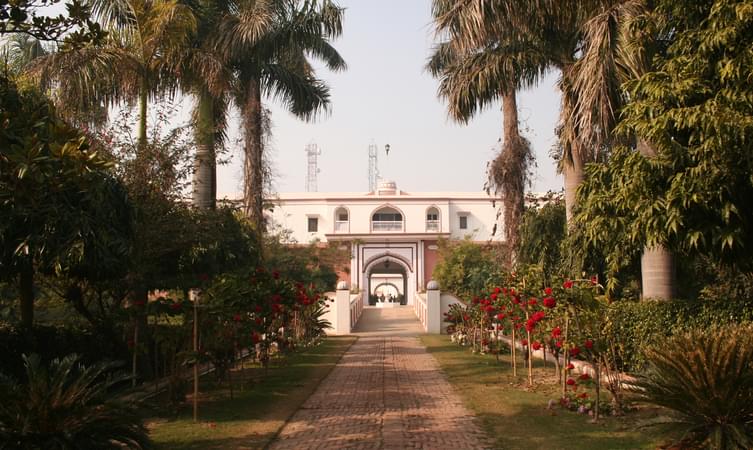
Activity location: Kuchesar
Activity timings: 10:00 AM to 05:00 PM
Mud Fort Kuchesar Day Out:
Just a 2-hour drive from Delhi, Hotel Mud Fort is a fort turned hotel bestowed in the spectacular landscapes of Kuchesar. This quick weekend getaway is surrounded by rich plantations amidst the aromatic scent of soil that could only be felt in the rural part of India.
Neemrana fort, Alwar
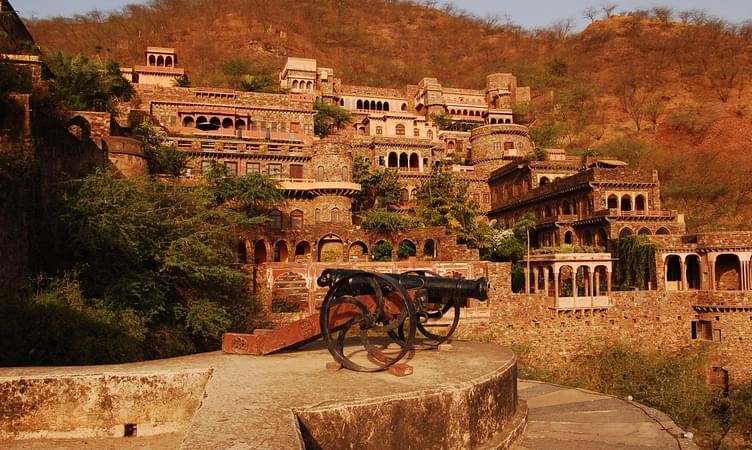
Why to visit in winters – Neemrana fort palace is the famous attraction at Neemrana, during winter season, you can see this palace fully decorated and illuminated with colorful lights.
What to do – The Neemrana fort which was a fort then, is now converted into a modern luxurious heritage hotel. Tourists should visit this fort to witness the beautiful construction work of it, and above all this place is a shopping destination too.
What to see – Places to visit in Rajasthan in Winters are in plenty, but when you are at Neemrana, don’t forget to visit – Baori, Bala Quila, Sariska national park.
Dadhikar Fort, Alwar

Soak in the beauty of this region surrounded by Aravalli hills on all sides and lush green forests nearby, this hotel is a complete paradise for nature lovers.
Dadhikar Fort is one of the most stunning heritage properties that profoundly speaks about the authentic forms of Indian Culture and Arts. Enjoy a grand stay at the room designed in traditional Rajasthani architecture.
Amenities: The resort is very perfectly designed with all the facilities. If you are a fitness freak then you can also indulge in some activities like badminton, kite flying, mountain trekking etc.
Location: The resort is located at Village Dadhikar, Alwar, Rajasthan.
Nahargarh Fort

Another popular picnic spot in Jaipur is Nahargarh Fort. It was built by Maharaja Sawai Jai Singh II way back in 1734. As Nahargarh Fort is located on the hilltop it offers a lovely view of the entire pink city. Here, one can also enjoy nahargarh cycling expedition.There is a small restaurant called ‘Padhao’ here which serves lovely food.
- Entry fee: INR 200 for foreign tourists and INR 50 for Indian tourists
- Timings: 10.00 A.M to 5.30 P.M
-
Location: Krishna Nagar, Brahampuri, Jaipur
Rajasthan Tour Packages For Family


Location: Alsisar, Jhunjhunu
Check-in Time: 12:00 PM
Checkout Time: 12:00 PM
About Alsisar Mahal Shekhawati, Jhunjhunu:
Alsisar Mahal, located in Jhunjhunu village shows off a beautiful view of the desert hues. The cold desert nights and warm mornings, with so many places to see and stories to hear, this Mahal is the perfect place to delve deep into the ancient history of the Shekhawat Clan rich in valor and grace. This palatial stay is a wonderful place to enjoy some quality time with family and friends.
The royal life exhibits richness, lavishness, grandeur, elegance, and luxury every step of the way and Alsisar Mahal definitely delivers on all the points! The rooms and interiors of the Mahal give a look into the extravagance and the charm that the Mahals have. Dine like a royal at the restaurant here with intricate marble words and antique furniture that takes you back to the time of Rajputana kingdoms. Various lounge rooms are available where you can marvel at the historic paintings and artifacts that are adorned throughout the property.
Ramgarh Fort
Chandel Rajputs who ruled central India between 800-1182 AD built this fort over 350 years ago. Though the fort has now been converted into a heritage hotel, it still stands as a proud testimony of the grandeur and traditions, the history of which goes back to the Mahabharata days. There is a still-standing original 37 ft. high entrance door at this fascinating fort near Delhi that’s been featured in the Limca Book of Records.
Location: National Highway 73, Sector 26, Panchkula, Haryana.
Timing: Can be visited anytime.










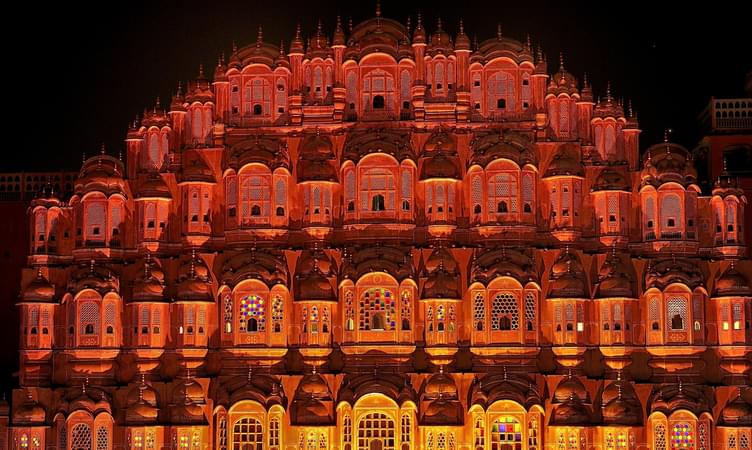






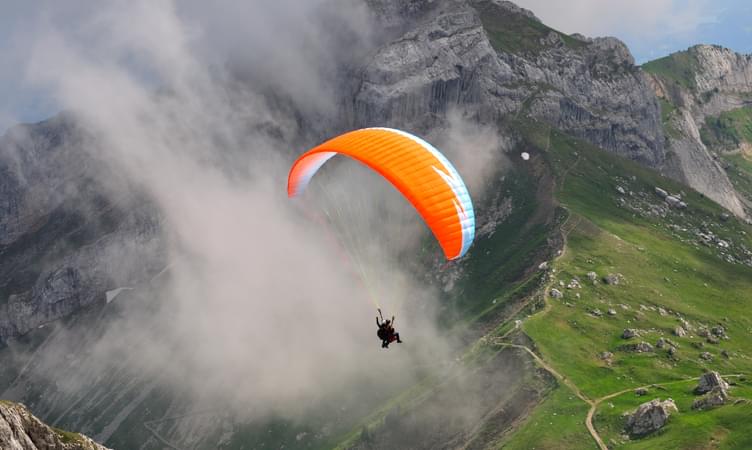

.jpg?gravity=center&width=90&height=90&crop=fill&quality=auto&fetch_format=auto&flags=strip_profile&format=jpg&sign_url=true)




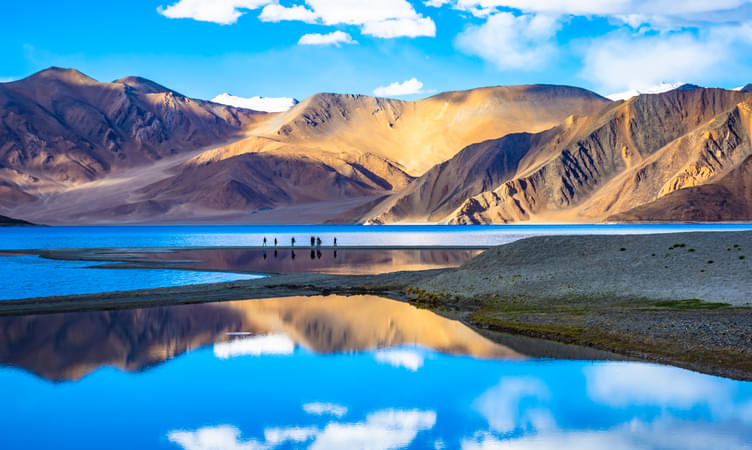













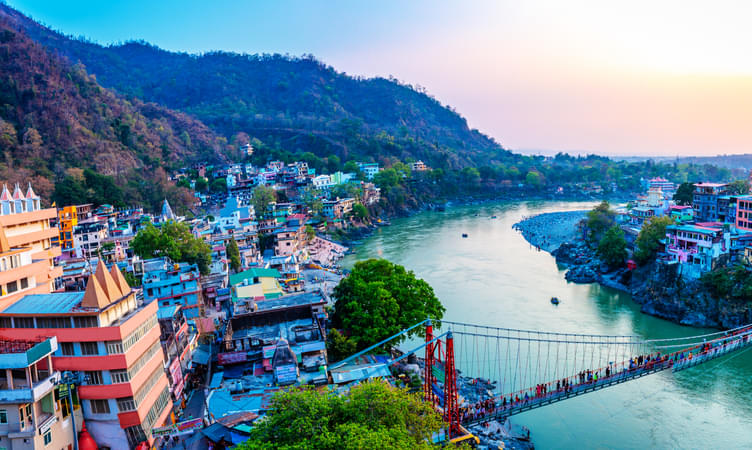






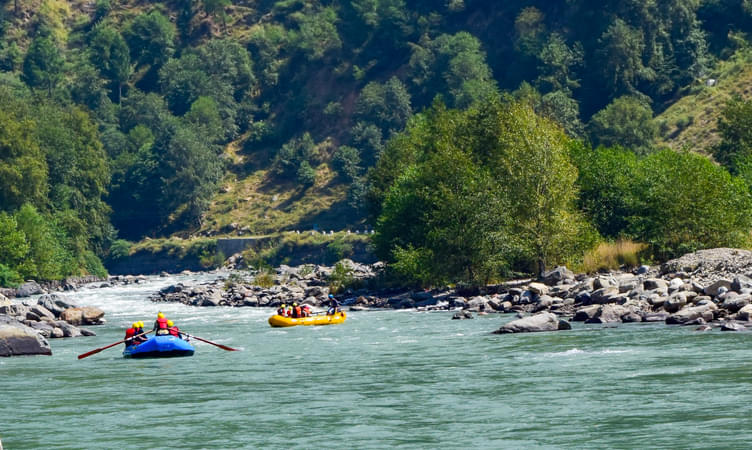






.jpg?gravity=center&width=752&height=450&crop=fill&quality=auto&fetch_format=auto&flags=strip_profile&format=jpg&sign_url=true)









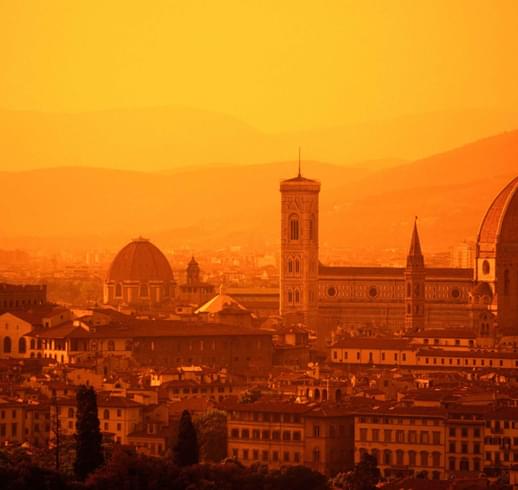
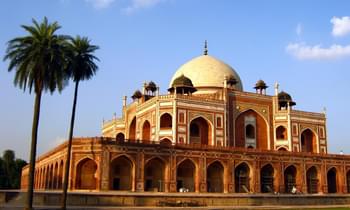
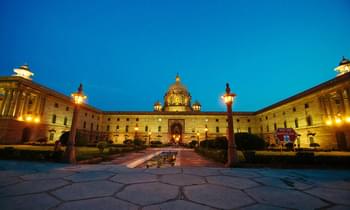
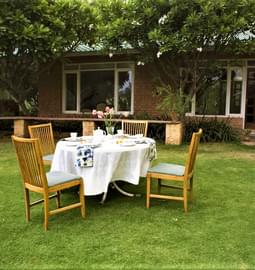




















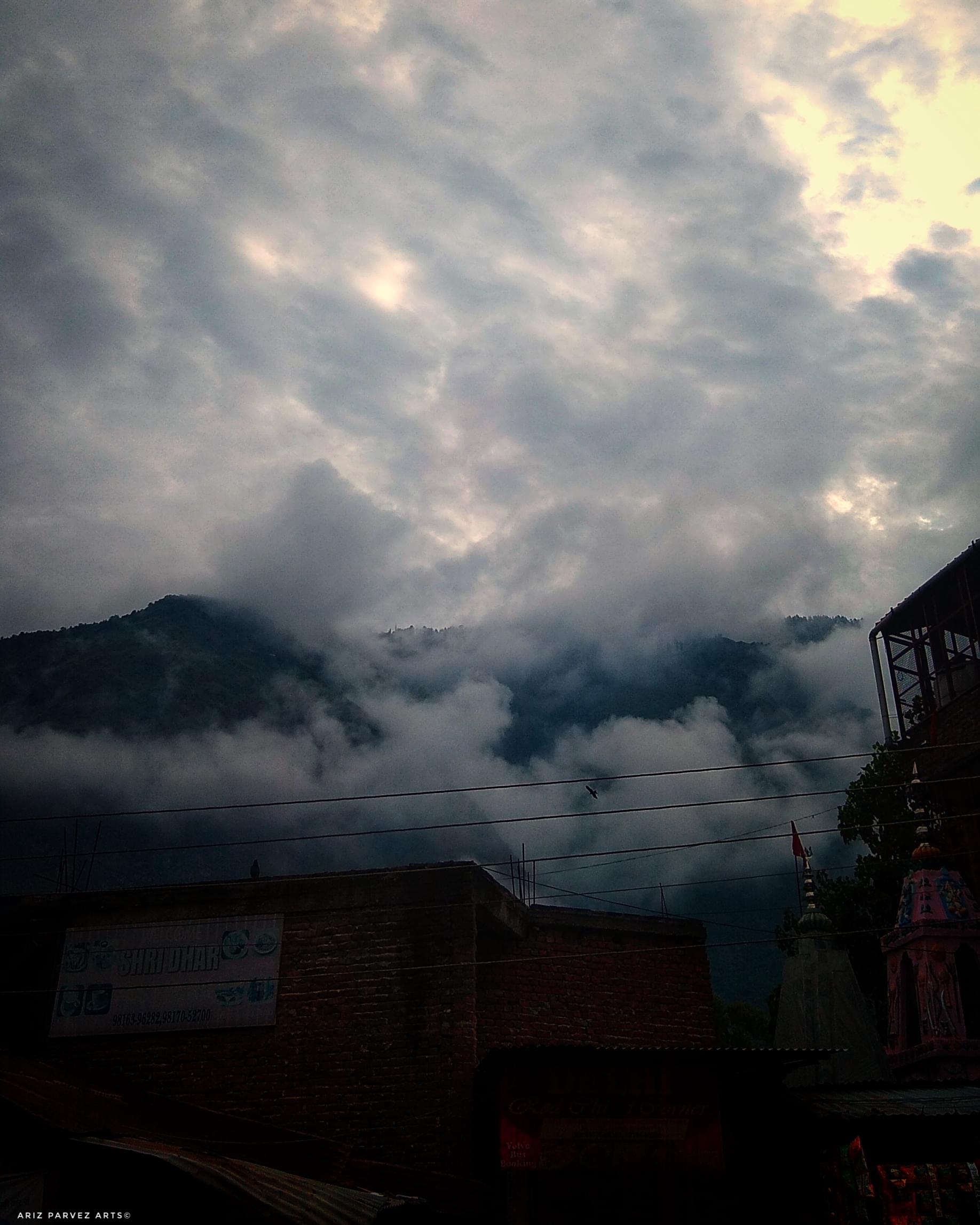

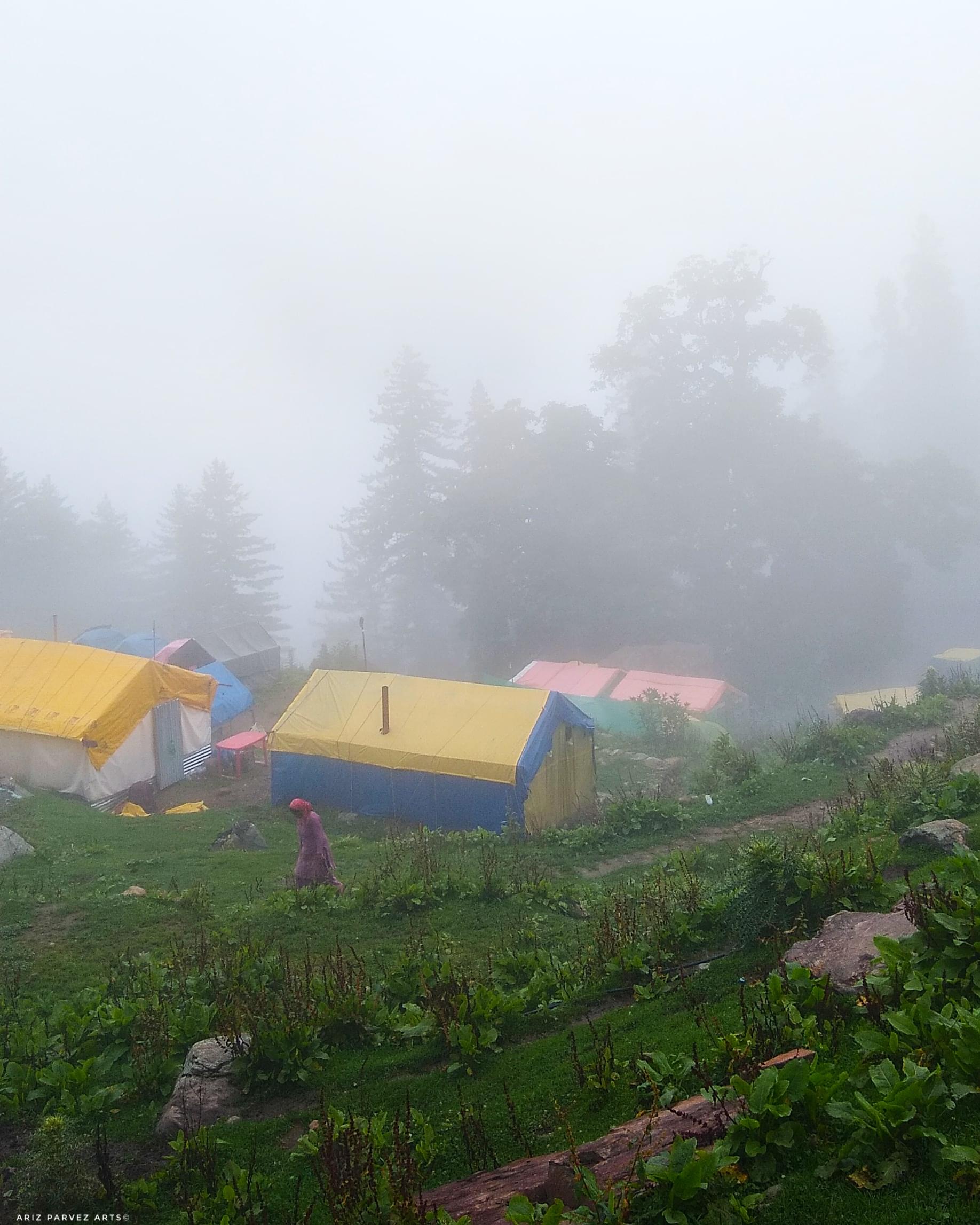
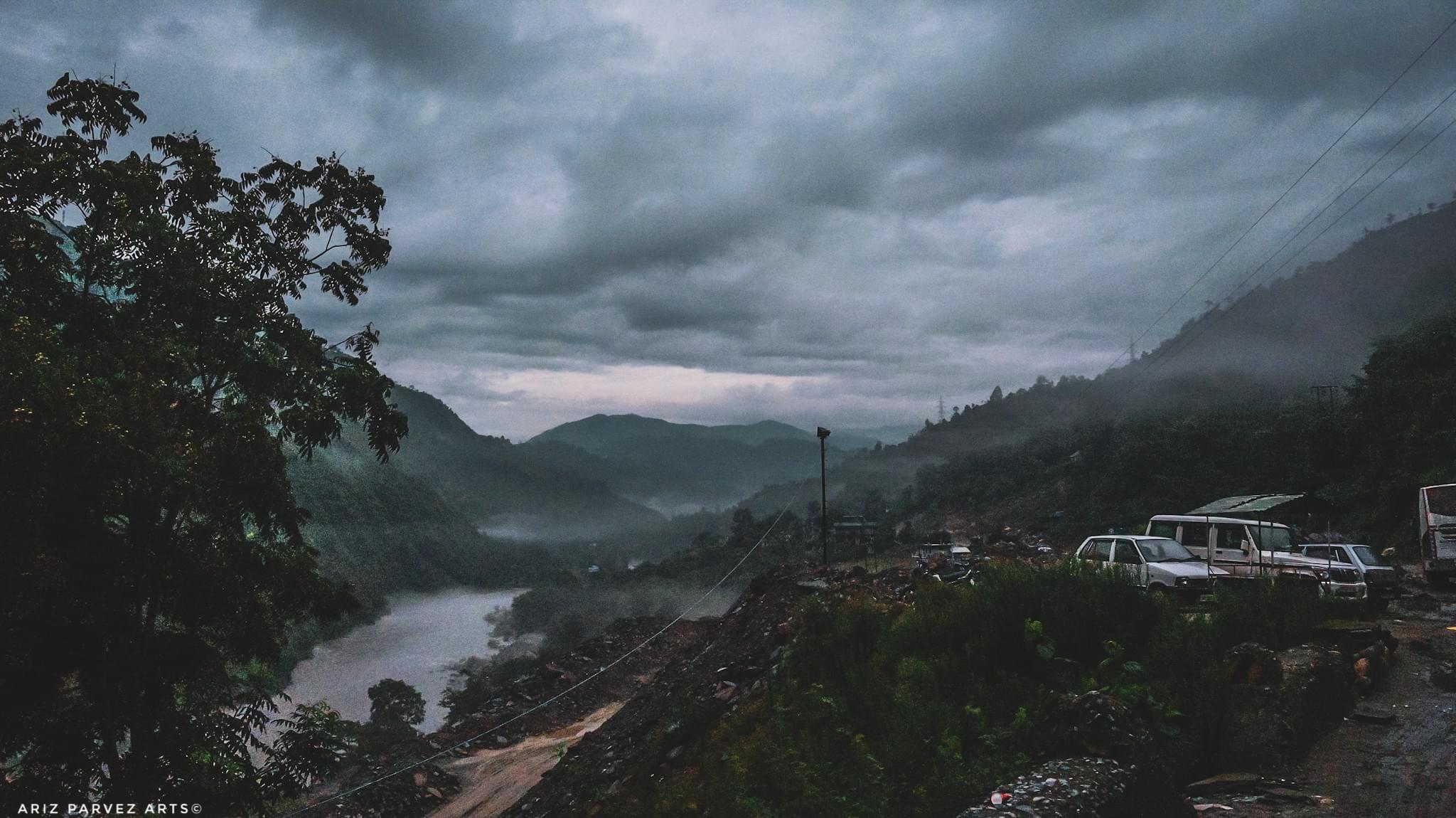
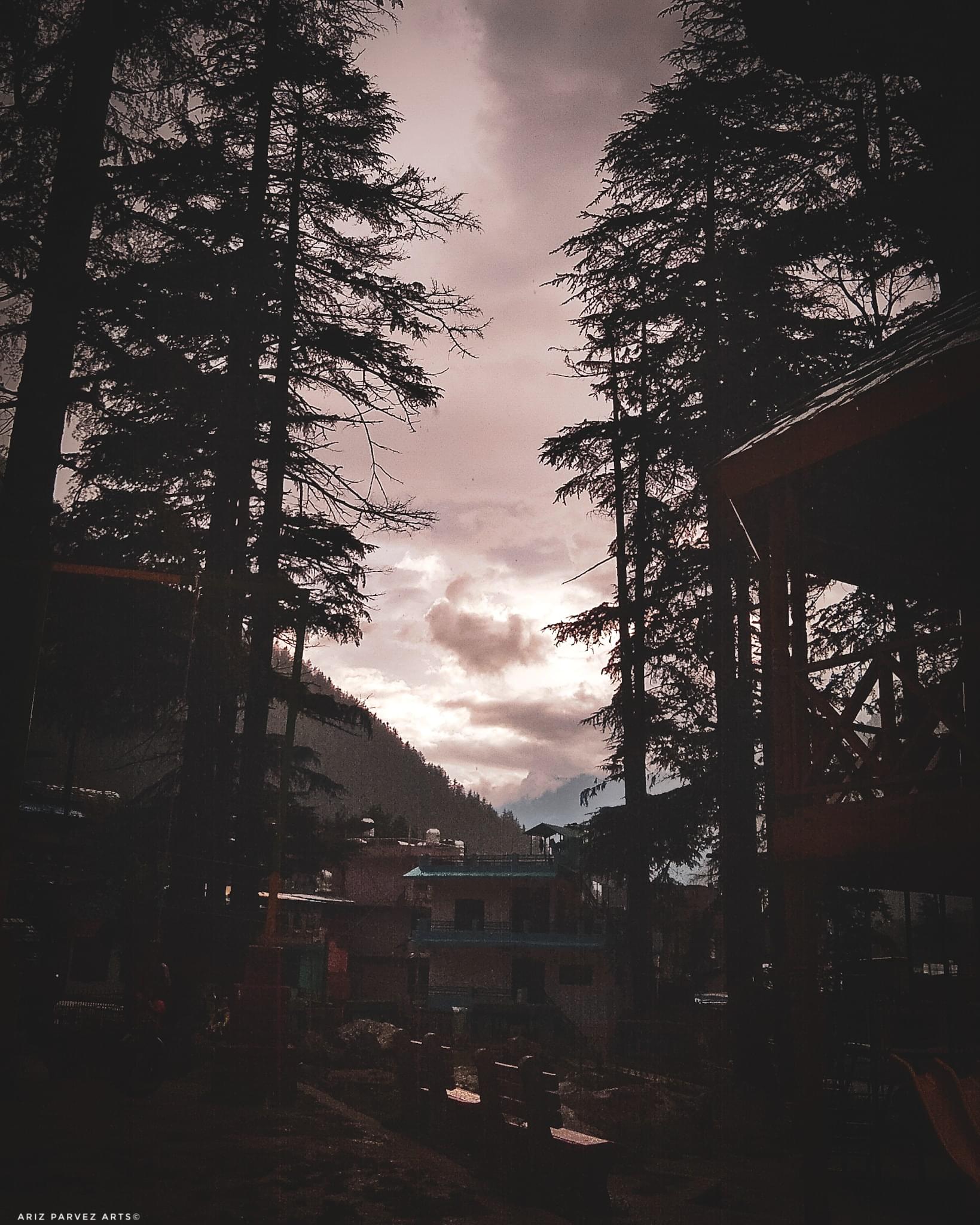



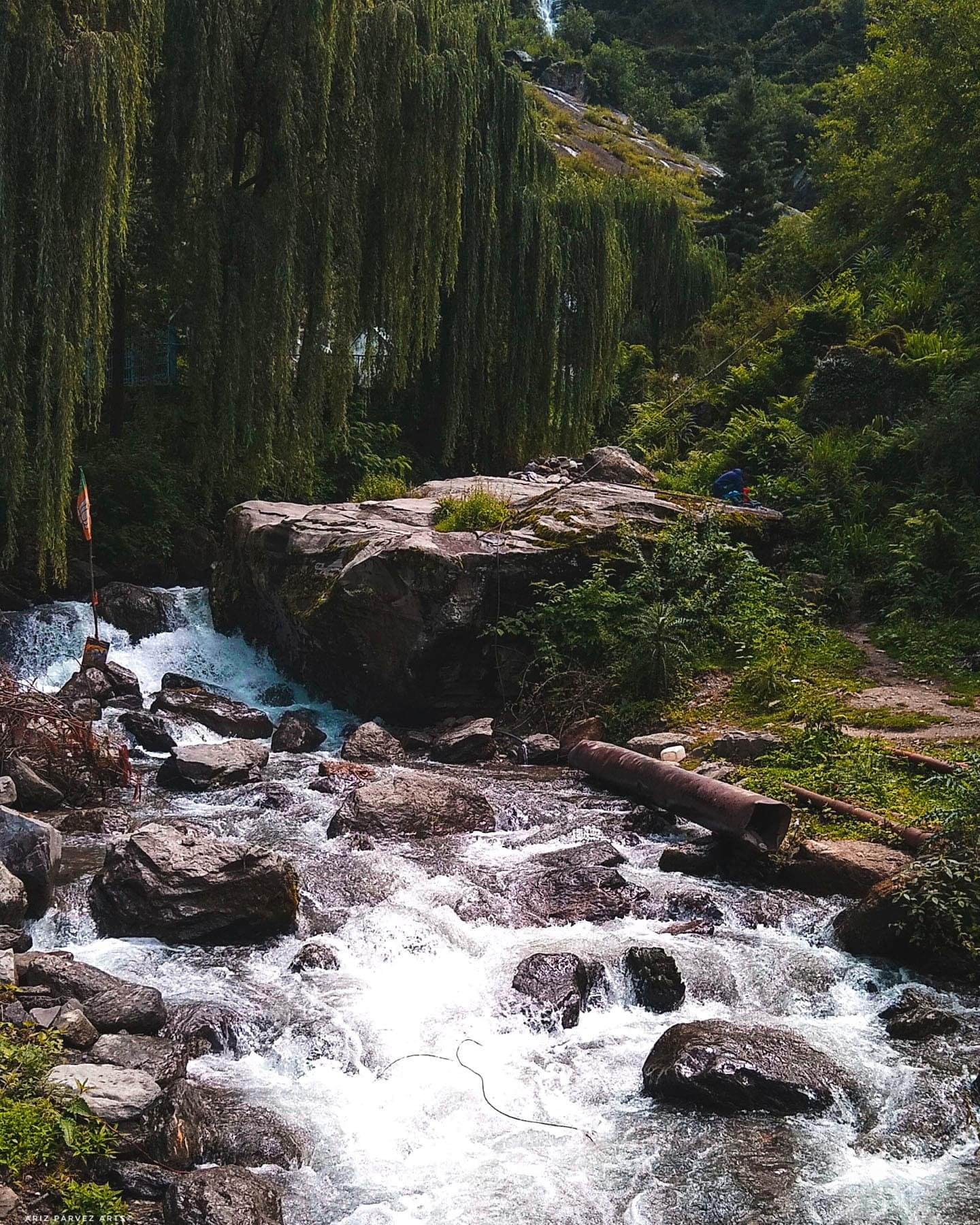

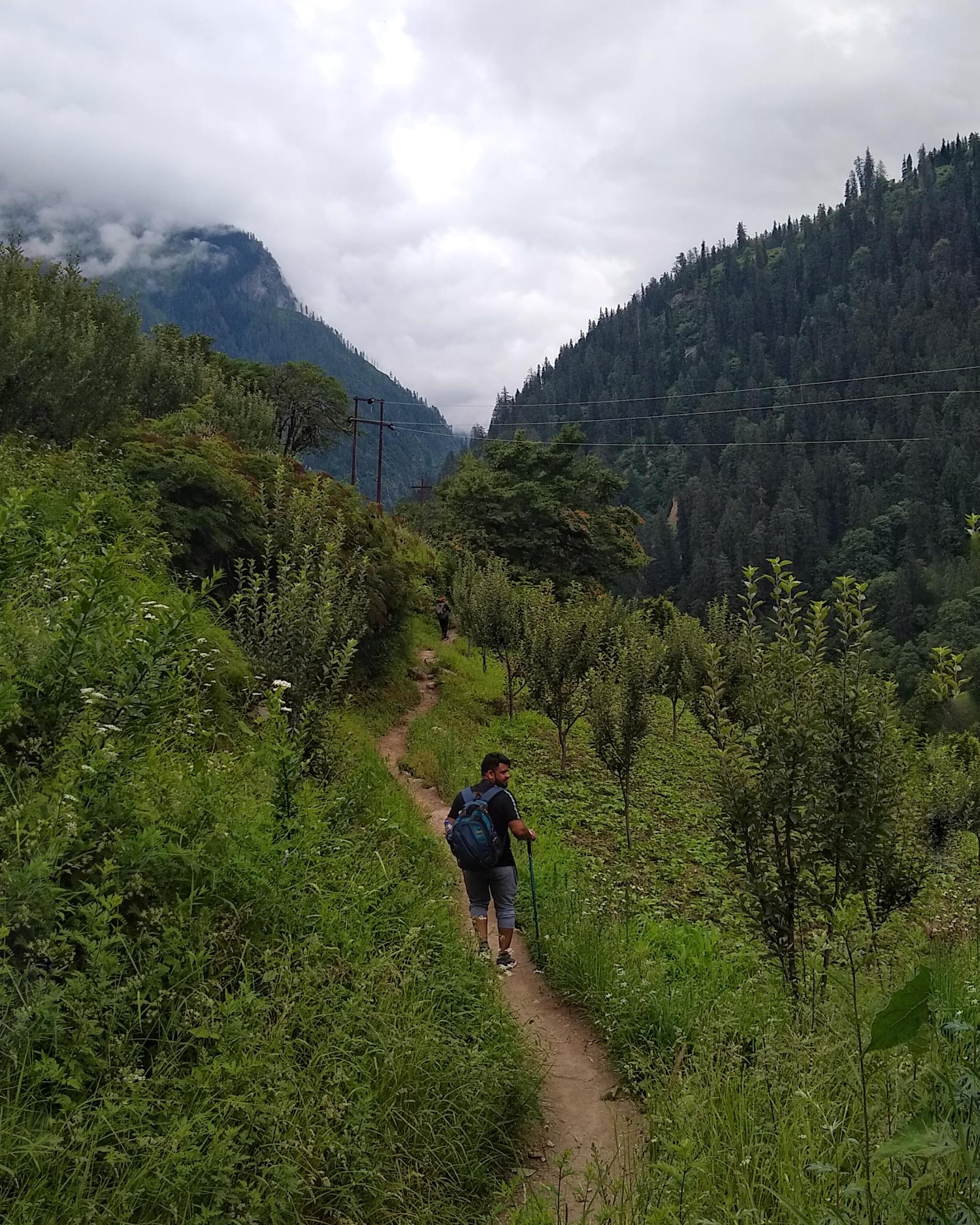
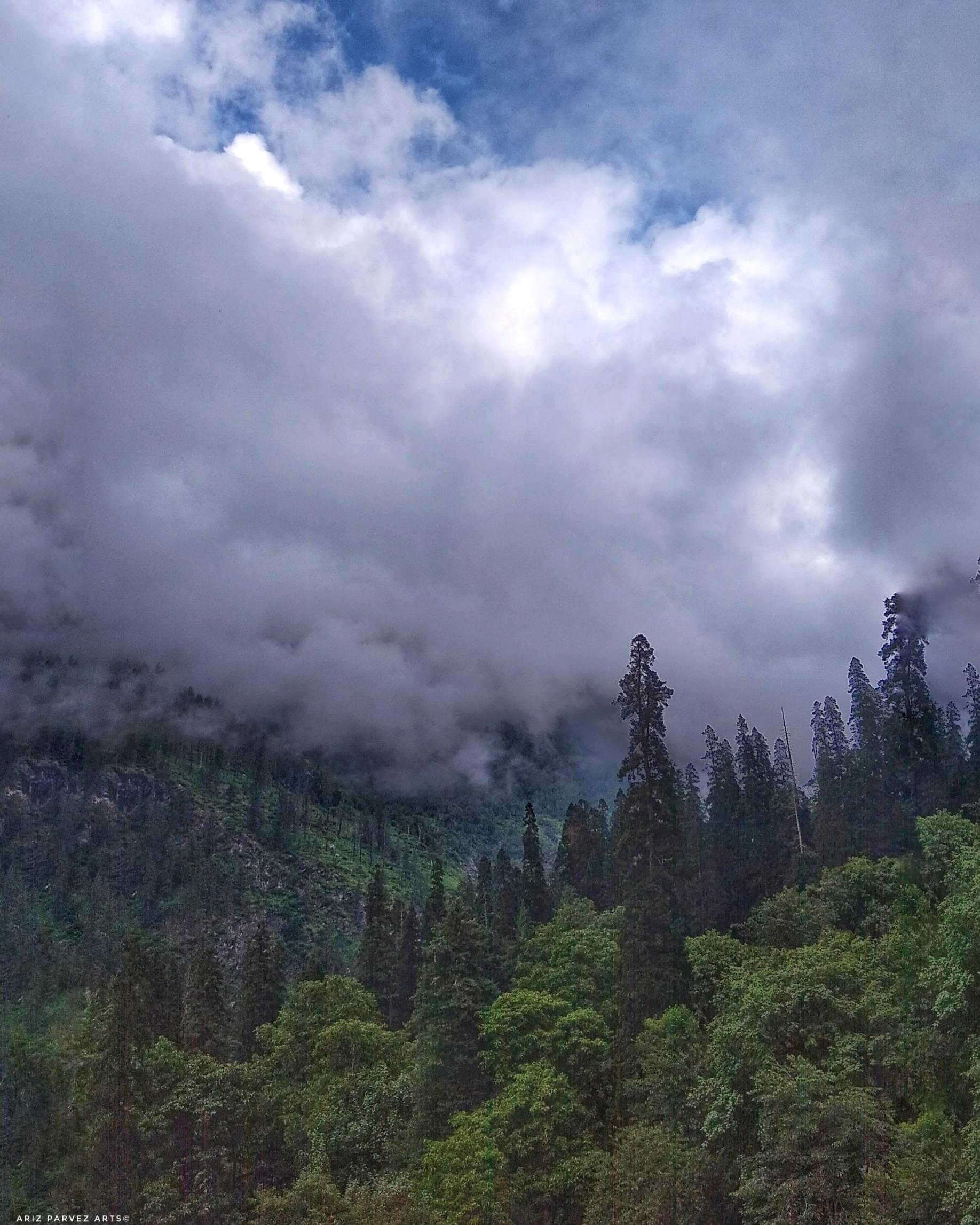
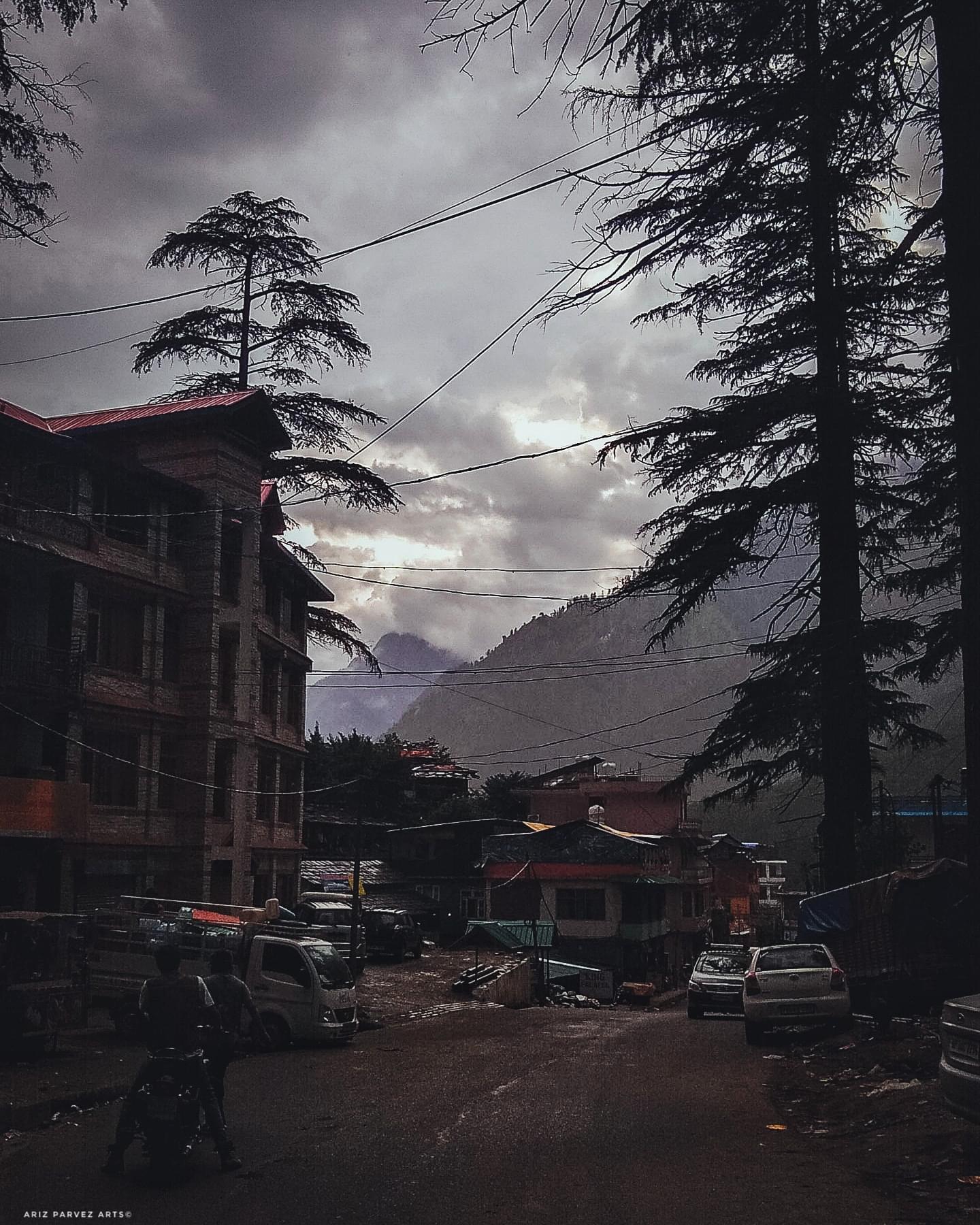


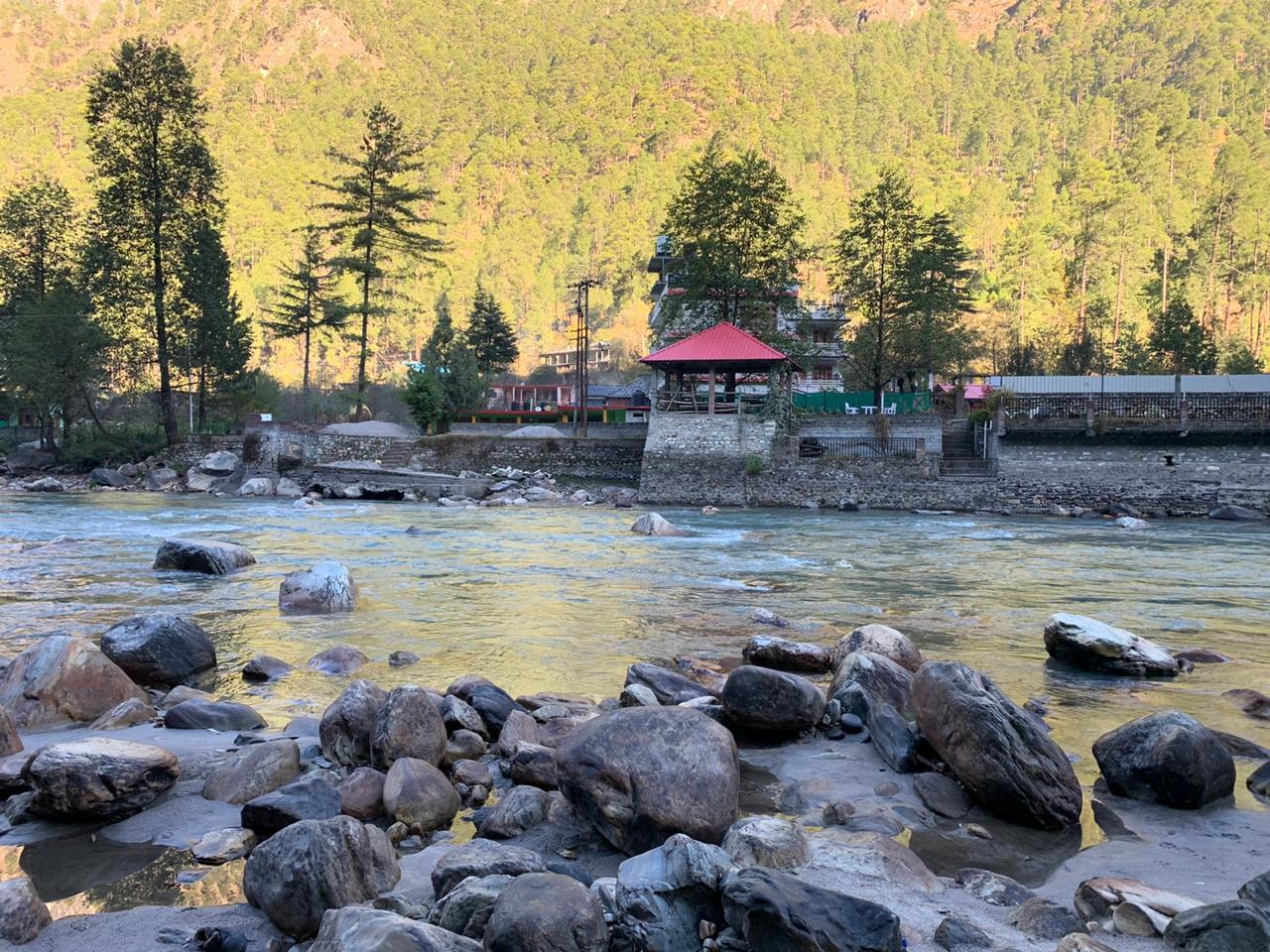

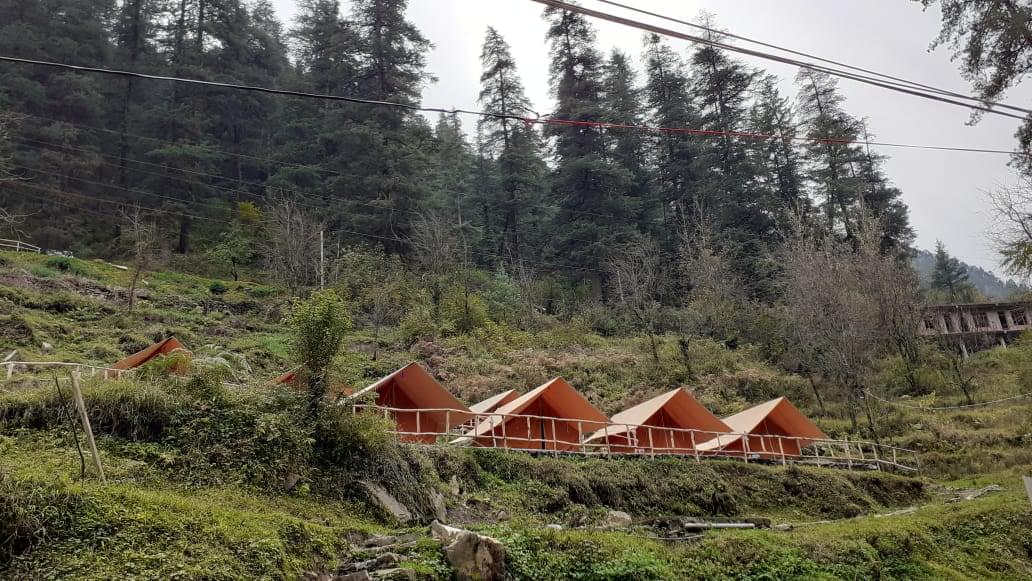

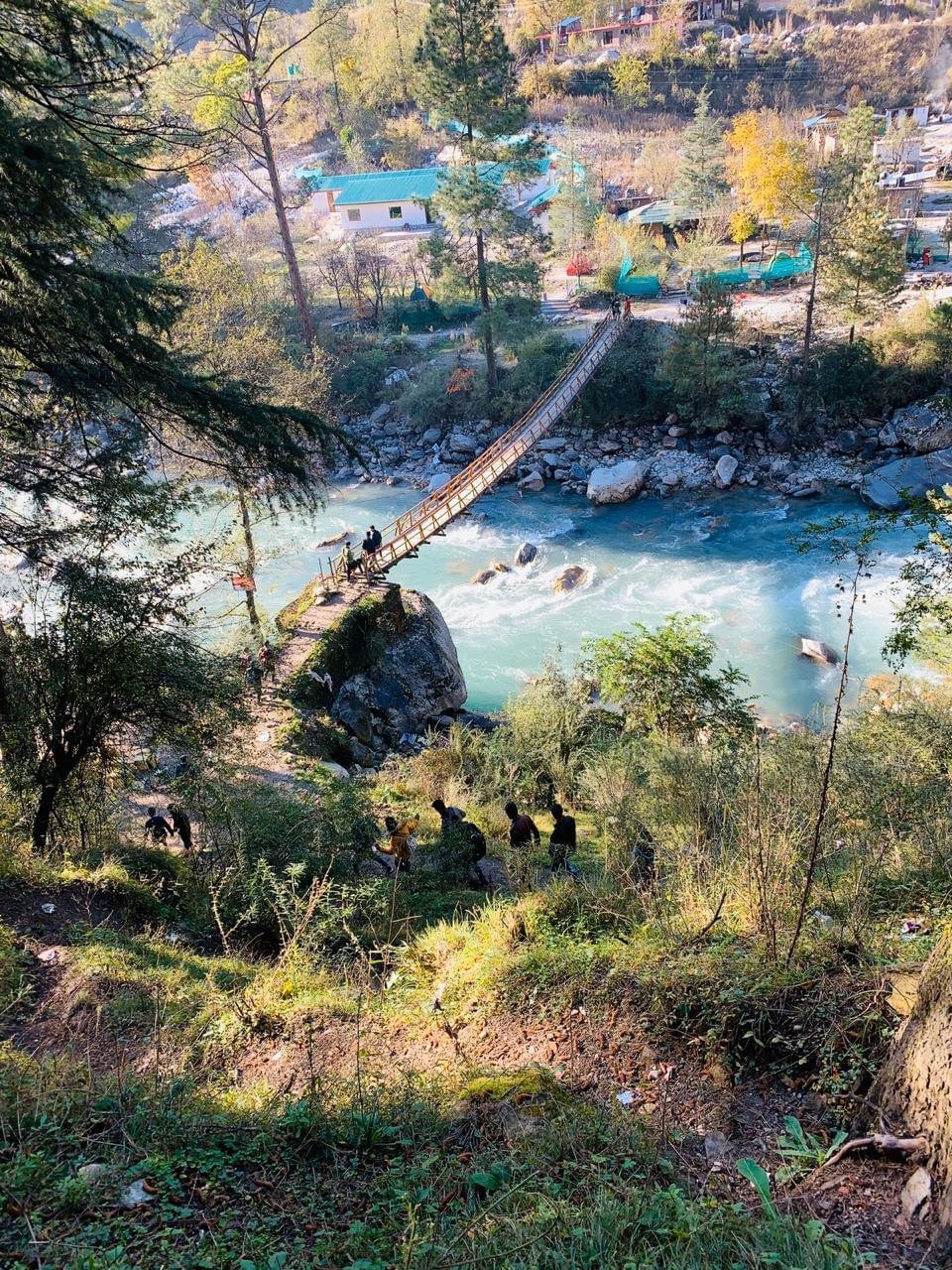
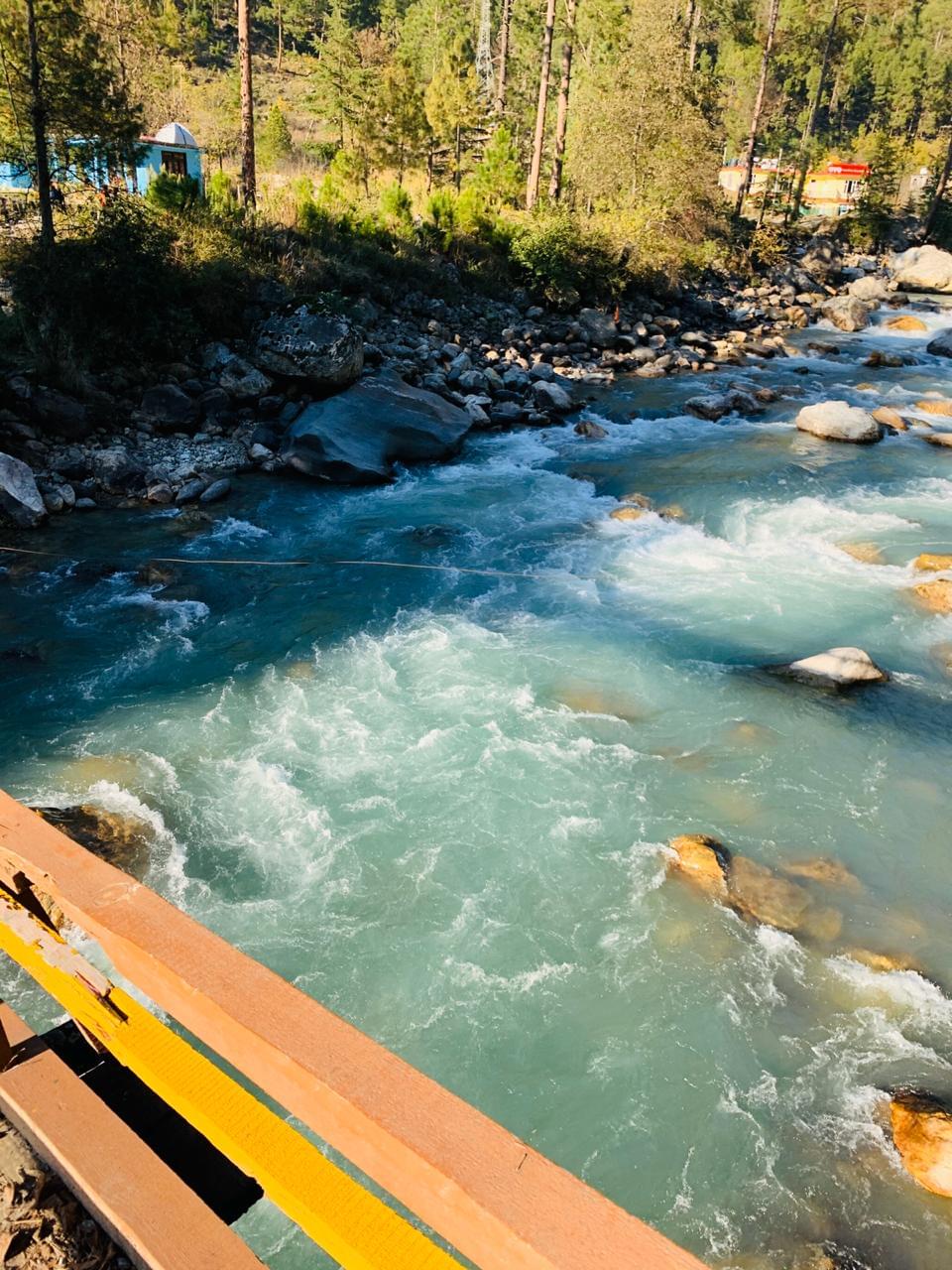

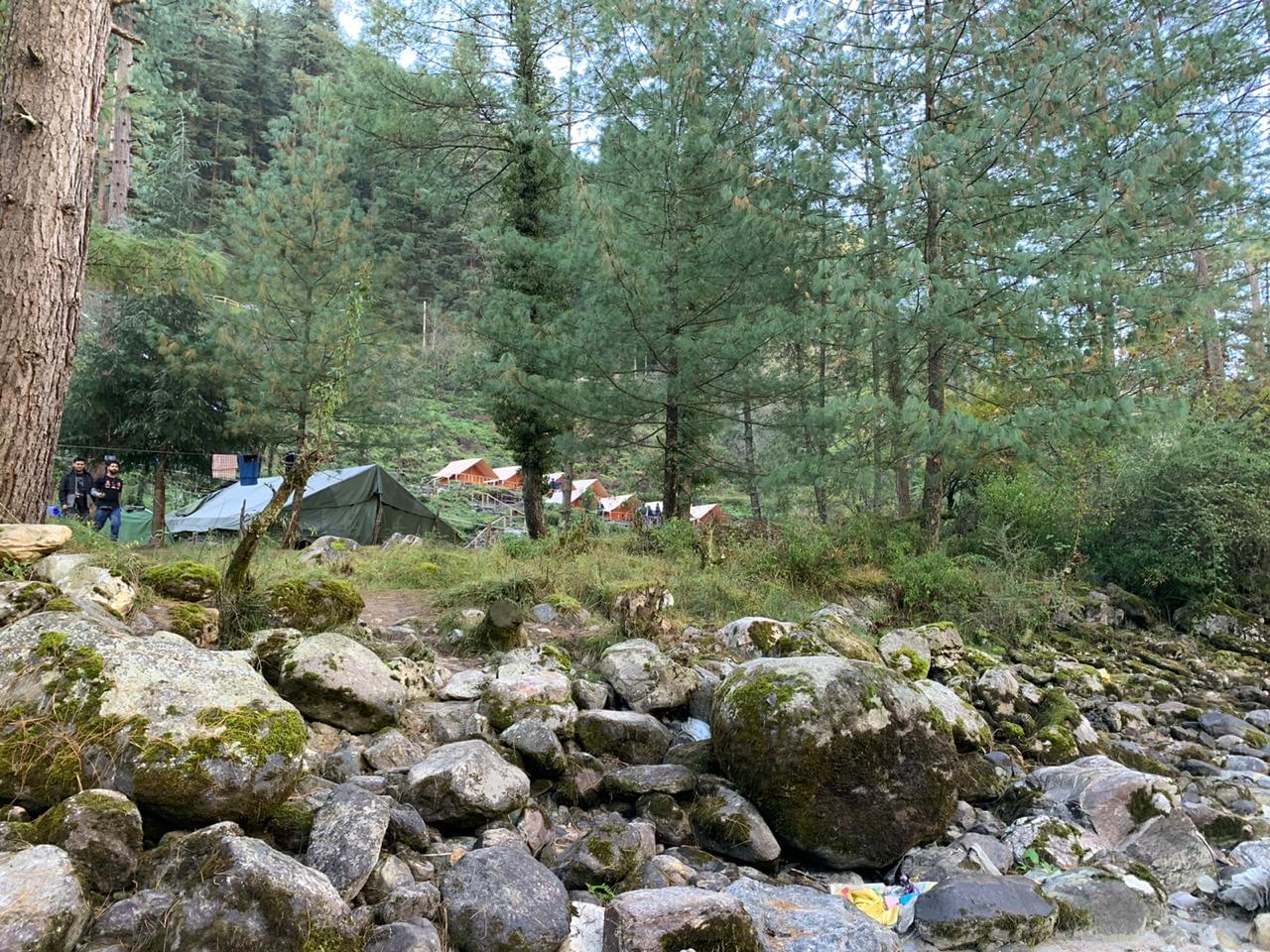





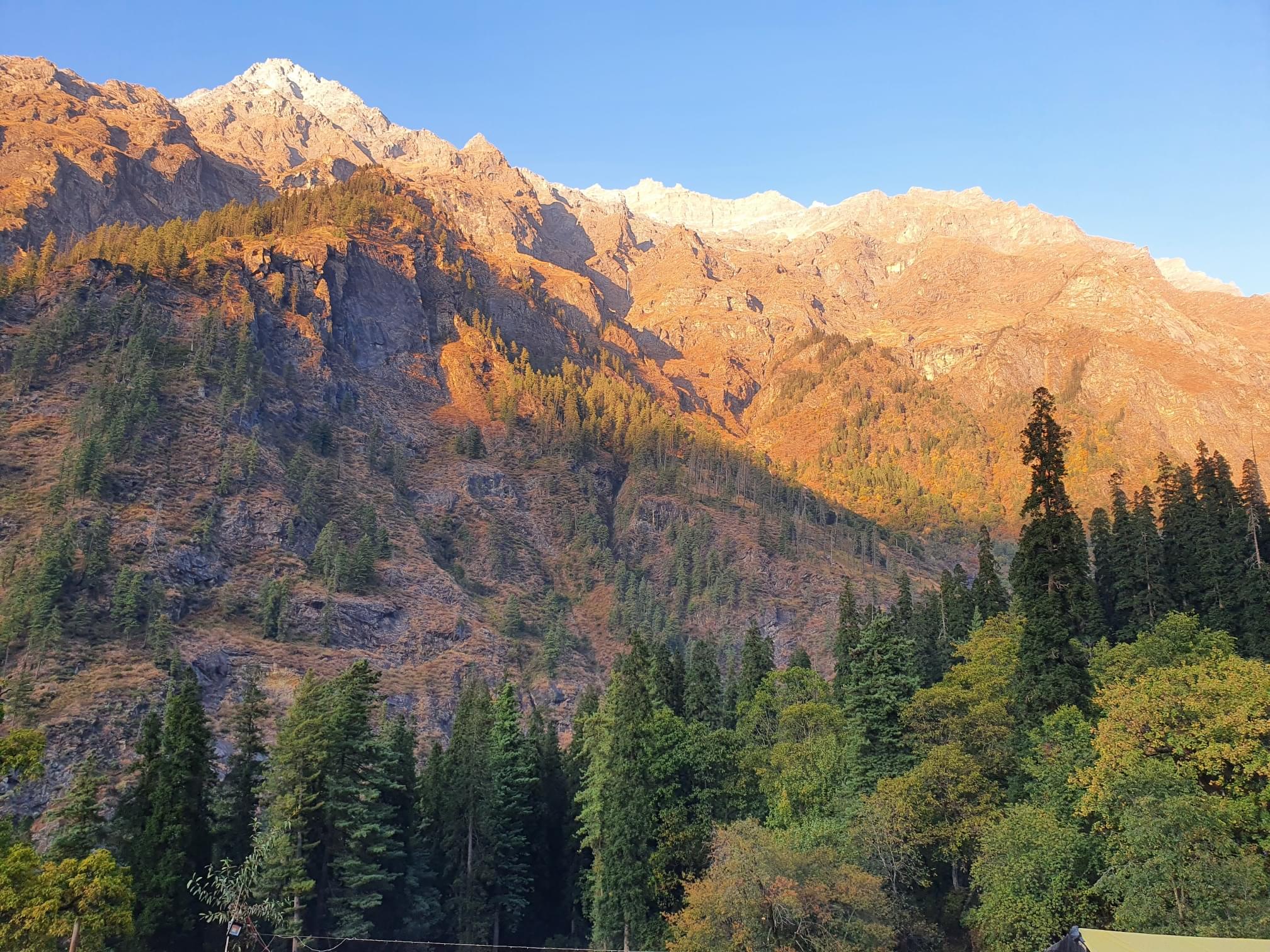
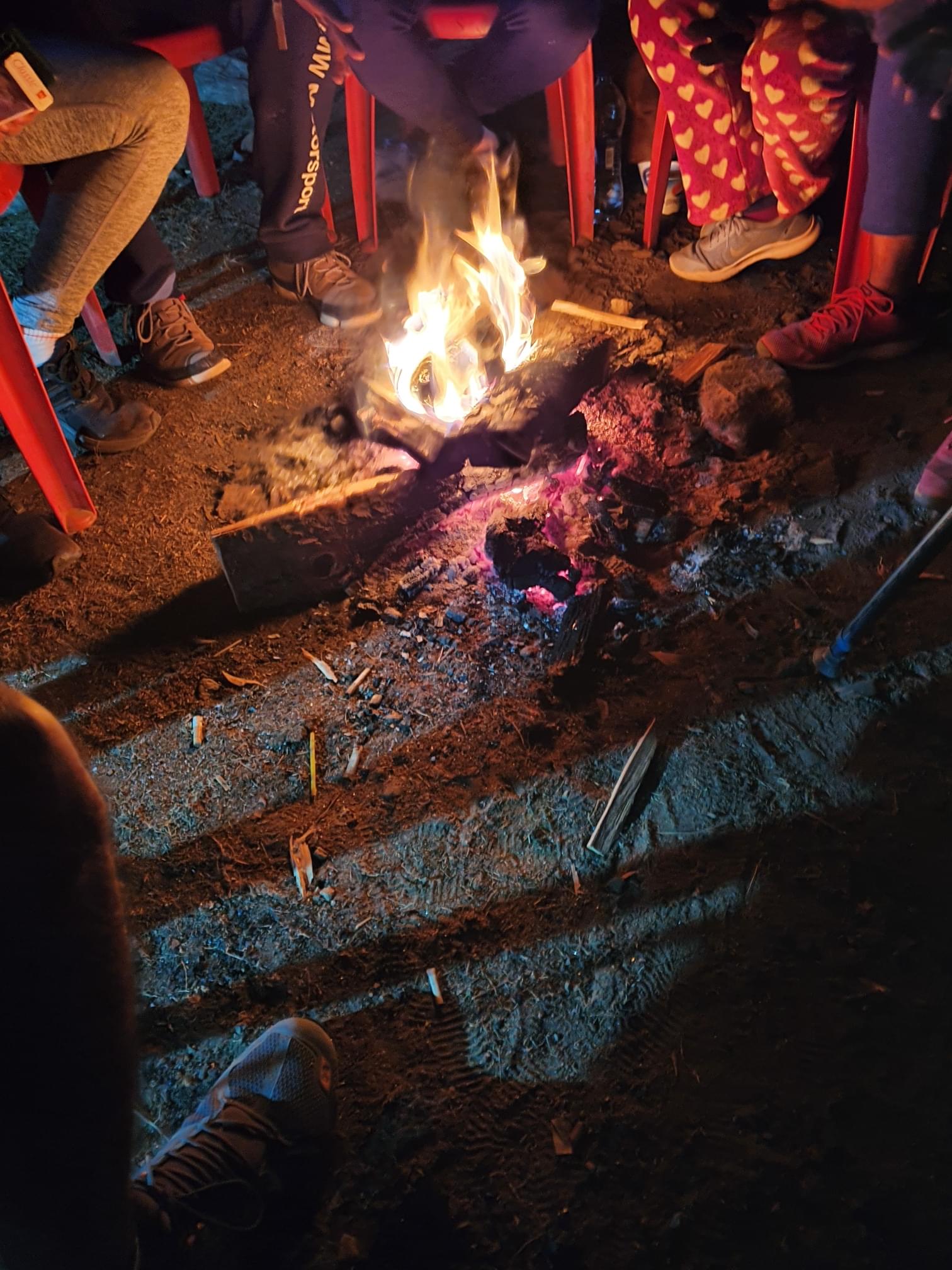












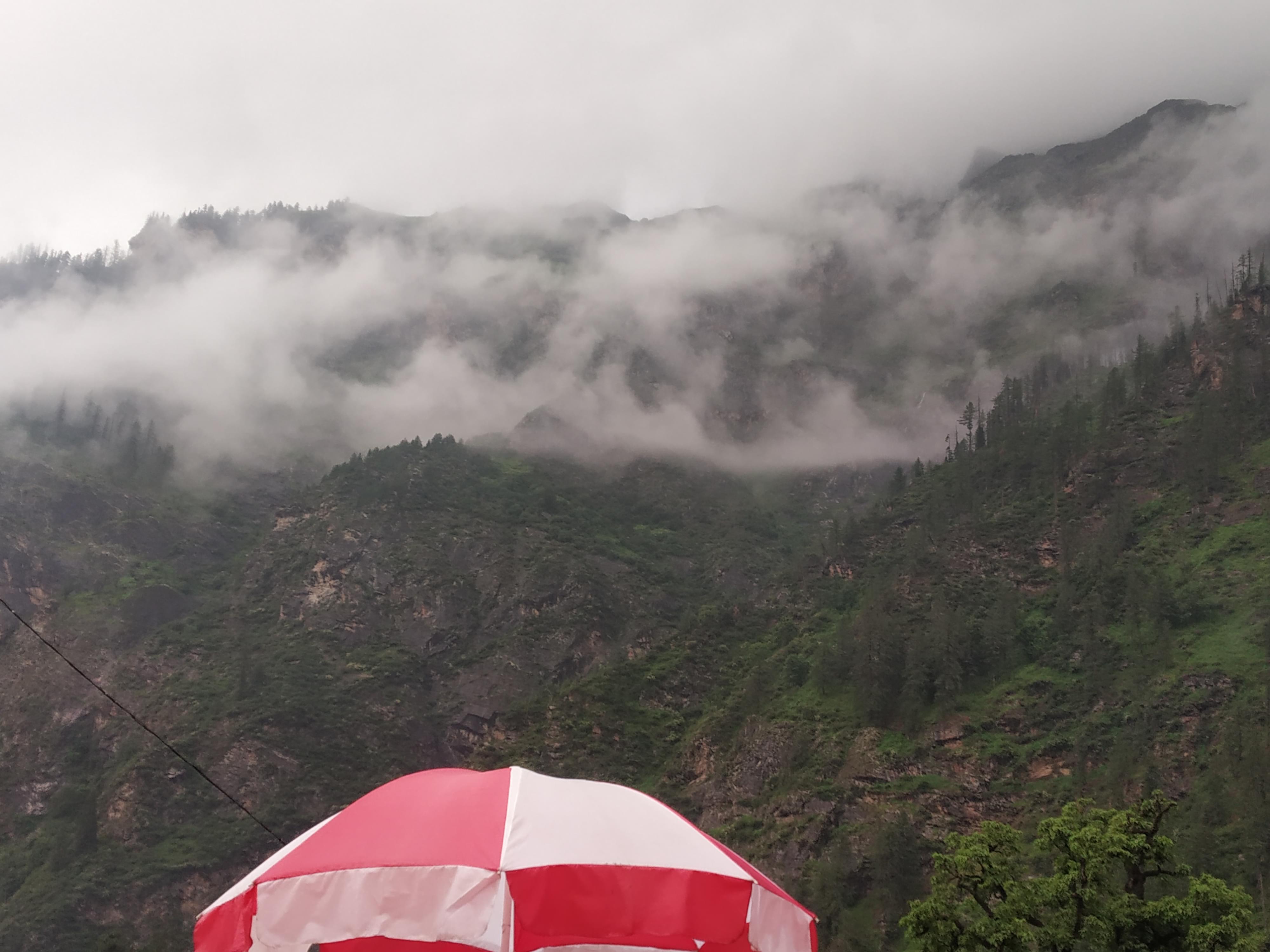
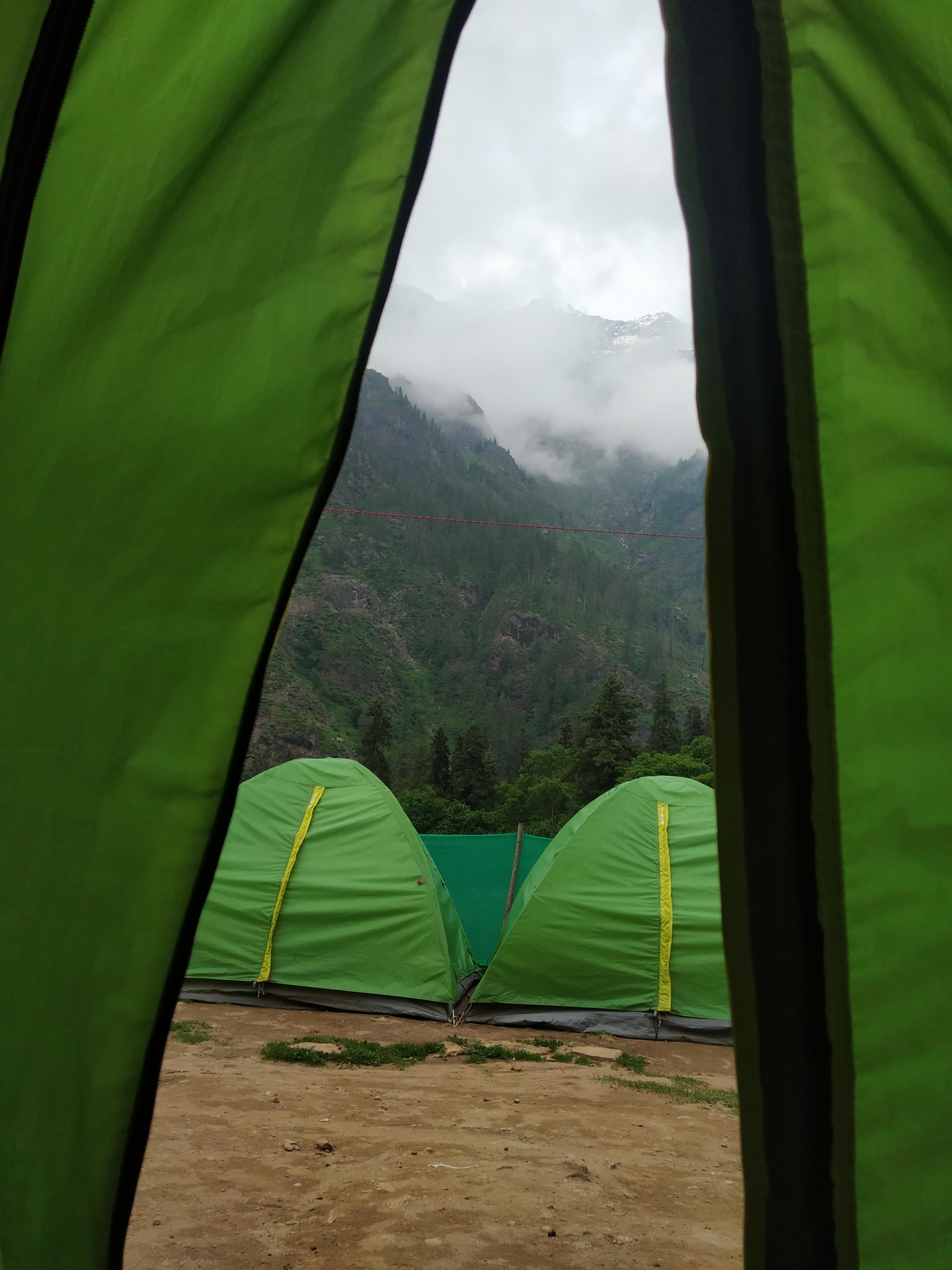
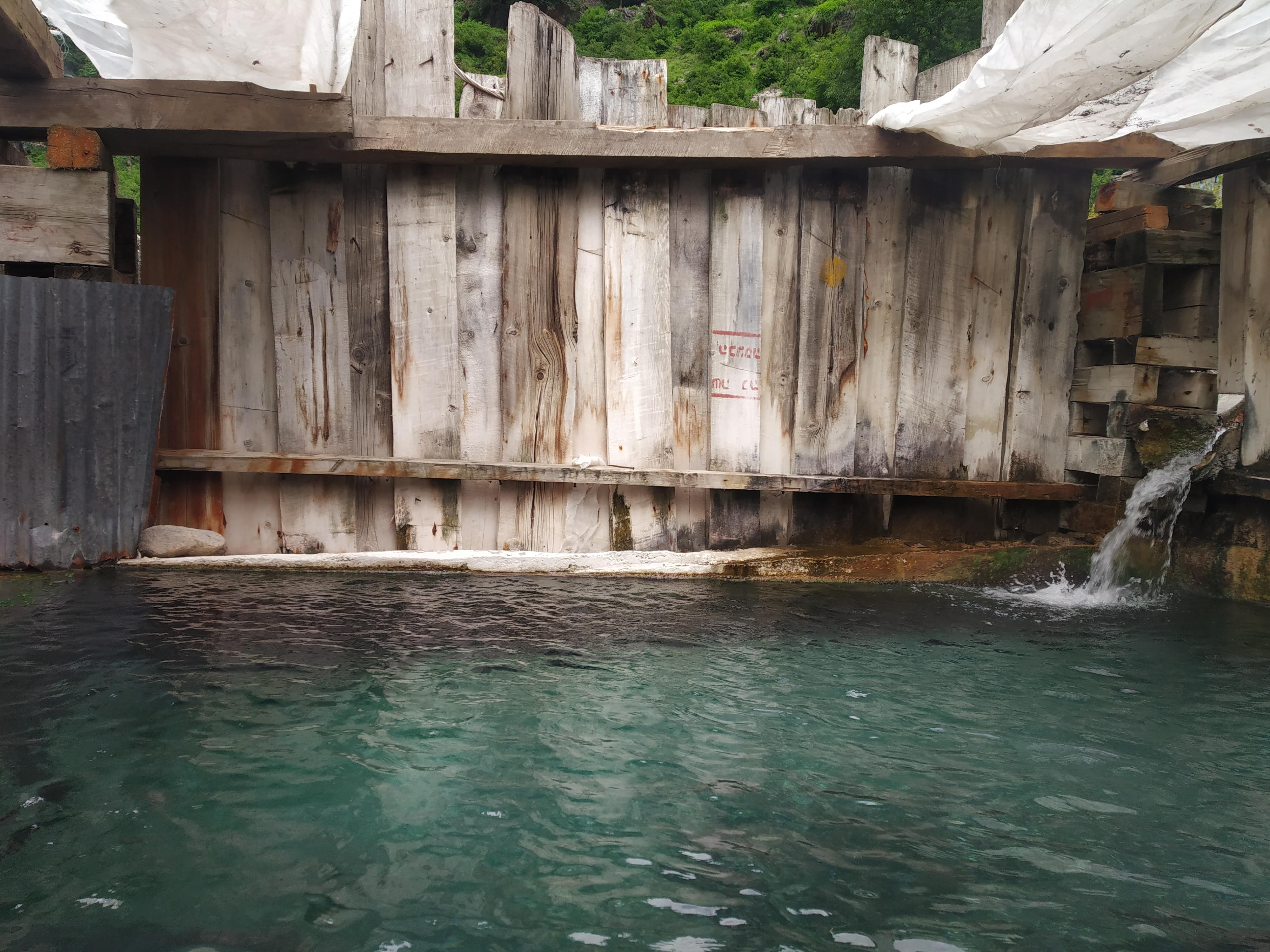










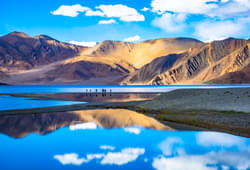
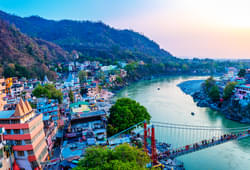

.jpg?gravity=center&width=250&height=170&crop=fill&quality=auto&fetch_format=auto&flags=strip_profile&format=jpg&sign_url=true)
